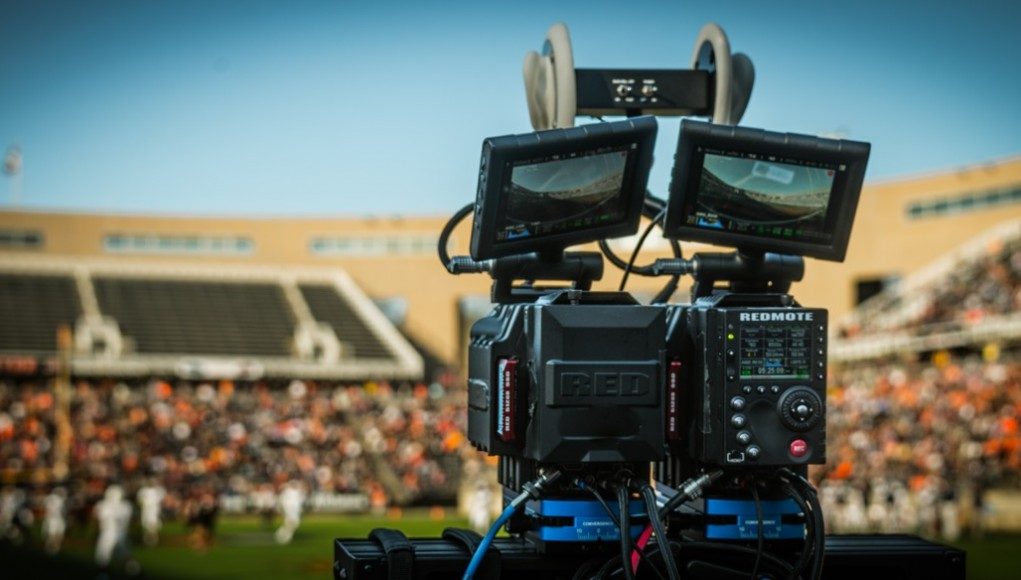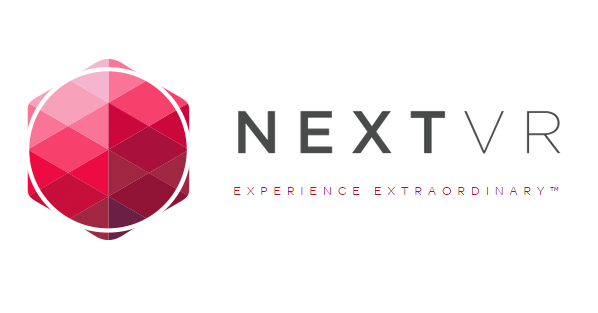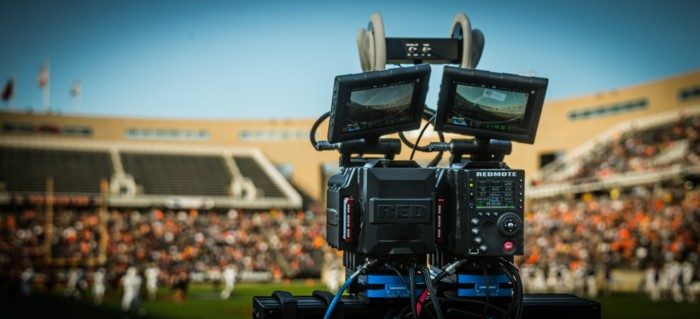NextVR, formerly Next3D, have announced a $5 million funding round designed to grow the company and develop their virtual reality live-broadcast technology. The company has been working with Samsung on Gear VR since before the reveal, and its stereoscopic 360 content will be pre-loaded onto the device for users to enjoy.
Last time we caught up with NextVR was at the beginning of the year at CES 2014. We got a chance to look at their stereoscopic 360 degree VR video solution that’s the only one that can be streamed over the web in real-time, according to the company. We were quite impressed with what we saw and heard; the company is also capturing impressively realistic binaural audio to accompany their ultra HD video.
See Also: Interview – Next3D is Ready to Stream 4k Live Sports Directly to Your Face
NextVR quietly noted the completion of a $5 million investment round alongside their announcement of a “strategic partnership” with Samsung, which will see the company’s stereoscopic 360 VR content pre-loaded onto the Gear VR headset. NextVR didn’t reveal much about the investment round other that it was from “private investors in Hong Kong, China and the US.” NextVR’s CEO, David Cole, tells me that the investment is “intended to stage the company for growth.”
The ability to stream live stereoscopic 360 content makes live events the obvious killer app for NextVR’s solution. The company says it will “initially focus on live and recorded sporting events, concerts and life-like nature experiences but will continue to expand into other areas as the company secures additional relationships with networks, motion picture studios and content providers.”
 NextVR was at Samsung’s IFA Unpacked event last week, during the reveal of Gear VR, demonstrating their stereoscopic 360 VR tech using a recording of the band Coldplay playing the song A Sky Full of Stars. Details on exactly what the demo entailed are thin, but we expect to hear more soon.
NextVR was at Samsung’s IFA Unpacked event last week, during the reveal of Gear VR, demonstrating their stereoscopic 360 VR tech using a recording of the band Coldplay playing the song A Sky Full of Stars. Details on exactly what the demo entailed are thin, but we expect to hear more soon.
“Samsung’s Gear VR hardware is amazingly adept for playback of our content,” NextVR’s CEO, David Cole told me. “We’ve optimized our codebase for this hardware to increase power usage efficiency and ensure the quality of the experience is not compromised when compared to the our desktop software. I can tell you that viewing our content on the Note 4’s beautiful 500 PPI screen is no compromise… it’s off-the-hook good!”
NextVR is also positioning their technology for use on the Oculus Rift and, when asked whether or not we’d see NextVR content on Sony Morpheus, Cole told me, “While we can’t comment on that company specifically, we are working hard to make sure our content is available on every viable VR platform.”
Jaunt, a company working on similar stereoscopic 360 technology for VR, recently raised $27.8 million in a Series B funding round to continue to develop their technology and content. Jaunt’s current solution requires significant processing time for captured footage and thus isn’t as suited for live broadcast. The company is focusing instead on producing recorded live-action content.
See Also: On the Set of ‘The Mission VR,’ A WWII Short Film Shot for Virtual Reality
I asked Cole what differentiates the two companies:
NextVR has been developing 3D stereoscopic broadcast technologies for virtual reality experiences since 2009. We’ve built our platform on top of NextStream, the most efficient live-stereoscopic encoder technology available—enabling us to stream live and recorded content—which is a key differentiator. In addition, NextVR has years of experience working with major content rights holders and broadcasters to deliver high definition 3D. We’re a first-mover in this space with key relationships in place, which is critical to building a successful content business with marquee partners. We’ve put in action an end-to-end system that starts with proprietary, professional-grade camera systems and production crews that are out now capturing world-class content. We have a production-ready encode and transmit system that assures high quality, absolutely life-like experiences are delivered to the VR consumer using current home and mobile Internet connection speeds. Lastly, NextVR has filed a total of 17 patents covering all of our core technologies.
The ‘best seat at the sports game’ example has been a long running off-hand example of the potential for live-action virtual reality, but we still haven’t seen it. NextVR seems poised to be the first to bring us that experience, live.









